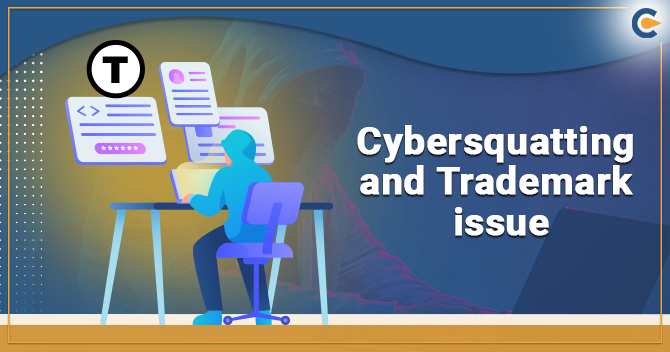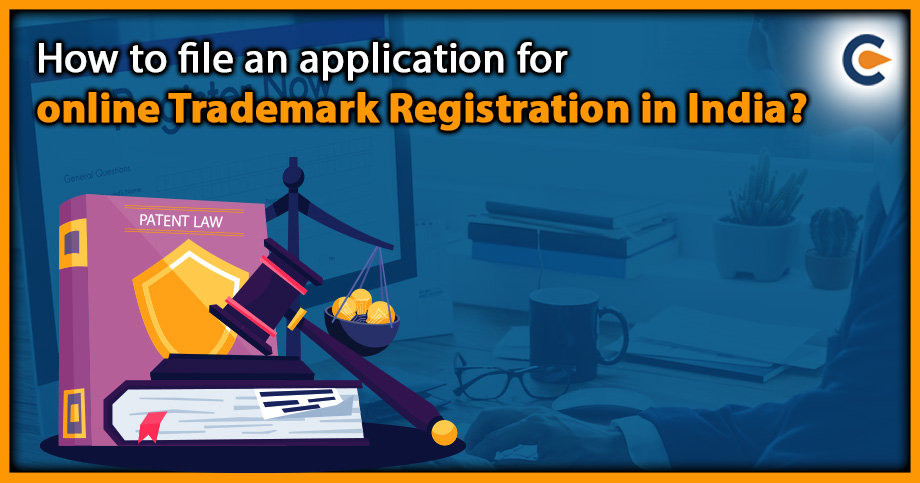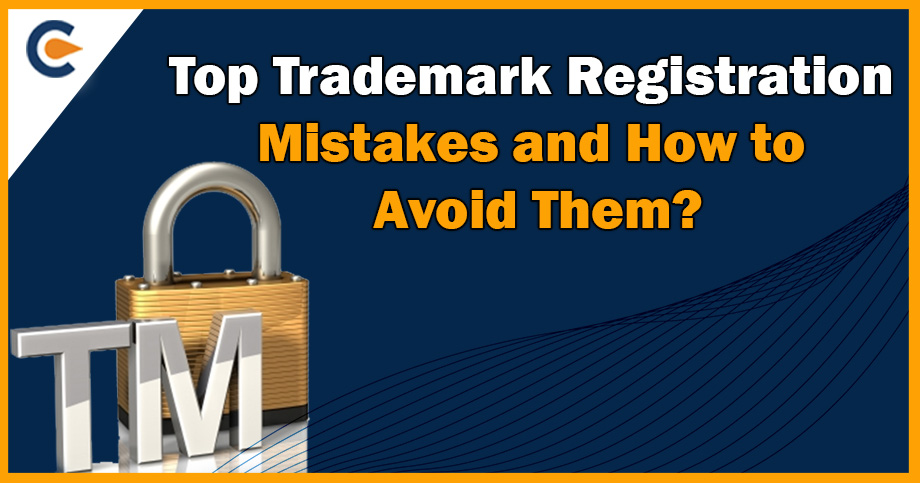Rapid developments as well as improvements in IT sector have conveyed an innovative platform for trade and business in India. They have improved their importance and existence in the “online markets” with the help of the trademark registration to entice customers.
Therefore, in this scenario, trademarks play a significant role in the web and so there is a need to increase their protection. Disputes arising over rights related to domain names that serve as a source to identify functions in the web likewise to a trademark. The issue arises at the heart of the connection between International Trademark Law and the web.
In an exertion to resolve the unique intricacy represented by domain name disputes, some policies have been established that can emphasize their rights like the Uniform Domain Name Dispute Resolution Policy propagated by the Internet Corporation for Assigned Names and Numbers also known as ICANN, the Non-Profit Organization (NGO) that controls the Domain Name.
Role of Domain Name
Internet Protocol addresses that consists of a cord of numbers separated by periods that are used to recognize various websites. A domain name provides a consistent alphanumeric address that is easier to reminisce and spontaneous.
Consequently, domain names signify the same purpose as a trademark for online perspective for various corporate as well as commercial purposes. They assist to recognize the source of Goods & Services like-
- Advertising of corporate and building up of online as well as offline consumer base by way of promotion on the internet;
- Establishing the reliability of the internet site and the business done on the web;
- Easy access to consumers as well as forthcoming consumers.
Cybersquatting- Hindering the Goodwill of Commercials
Domain Name registration are done on the basis of ‘First Come – First Serve’. This has led in rise of many difficulties as any individual can list any domain name of the choice irrespective of whether that name holds any trademark or goodwill of a commercial or business enterprise & represents any kind of organization or firm.
This leads to the reserving of many well-known trade names, brand names, company names, etc. by individual or any corporations other than those with a genuine interest in the domain name, with a view to trafficking or doing business on the said domain name to the genuine buyer.
Cyber-squatters
Cyber-squatters also known as “cyber-pirates”, that beat a company to the punch by preserving a brand name or trademark as a domain name in the hope of benefitting when the corporation wants to reserve its own brand name.
Basically, cyber squatters deceitfully acquire these domain names with the intention to sell it to the legitimate owner of the name at a higher price. The cyber squatters rapidly sell the domain names to non-related bodies, thus allowing passing off and reduction of famous trademark or trade name. Passing off is a system of biased trade practice in which one party pursues the profit from the other party’s reputation.
Cyber Squatters are not Preventing Corporation’s Right
The main discussion lies in the fact that two possessors can’t have the same domain name. Although cyber squatters are not completely limiting establishments from domain name of their choice, it can be contended that cyber squatters are not preventing corporation’s right to domain names. Though, by registering the most obvious as the name of the domain (e.g., the name of the business itself), cyber squatters force companies to find other ways to draw customers to their websites.
In spite of simply typing an obvious domain name for a company, consumers are forced to use a search engine, which might cause additional confusion or hindrance when accessing the desired site. Furthermore, with the programming of search engines, frequently enough websites of the competitor’s with associated domain names pop up.
How are Trademark Owners Harmed by Domain Name Dispute?
Customers seeking a particular trademark owner’s page will likely go for a search engine as a preliminary attempt of typing in the domain name (For example, ‘www.trademark.com’ will do not comply with result as a cyber-squatter has by now registered that domain.
Thus, the trademark owner is harmed in three ways:


- Using a search engine will create inconvenience for the customer, because the customer possibly has to make a way through thousands of other websites to get to the preferred site. Therefore, this increases the consumers search expenses and makes it more likely that the consumer will become aggravated with the trademark owner, in spite of its services or quality.
- The search engines’ direction likely will carry many Internet websites of the competitors of the trademark owner’s.
- The aggravation that consumers face with this problem may convince consumers to use an alternative, non-Internet way to get the desired results. This fact, collective with the likely aggravation from the search engine process might make consumers, originally searching to purchase the trademark owner’s merchandise, shift their purchases to the competitors of trademark owner.
Why Protecting Domain Names are Essential?
The cases so far, have indicated that the contradictory issue in relation to the use of the goodwill of trademark by any infringer in the domain name. It is to deflect the customers or potential consumers of the trademark owner to a site not related with that trademark, or exercise of meta tags resulting in unauthorized trademark registration as domain name. This is done with the intention to extract money or to avoid the owner from using the particular trademark.
Law Relating to Domain Names and Cybersquatting
Uniform Domain Name Dispute Resolution Policy is a web-based system that resolves trademark owner’s complaints when facing trademark conflict. It is neither a court nor an arbitration authority it controls transfer/deletion of domain names.
As per the policy, a complainant can bring action on grounds including a domain name being confusingly similar/ identical to a service mark or trademark, domain name owner has no legitimate interests/rights in the same or the domain name so registered is being utilized in bad faith.
UDRP is known as an “expedited administrative proceeding” and under it, the trademark holder complaints to the agreed dispute resolution provider. UDRP might also be referred to as a legally qualified precise contract term. For country-code top-level domains like .uk and .de, UDRP[1] is applicable only if the country administrator voluntarily selects it. Common top-level domains like .com and .org are under UDRP. It is easy, fast, and cheap substitute to complex court procedures.
ICANN- Internet Corporation for Assigned Names and Numbers
An individual may complain before the administration dispute resolution service providers listed by ICANN under Rule 4 (a) that:
- A domain name is astonishingly similar or indistinguishable to a service mark or trademark in which the complainant has rights;
- The domain name registrant/proprietor has no legitimate interest or right regarding the domain name; and
- A domain name has obtained registration and is used in bad faith.
Conclusion
WIPO is the most significant dispute-resolution service provider under the UDRP, attributed to ICANN for domain names. It offers skilled panelists, thorough administrative procedures and complete credibility. It takes about 2 months for a WIPO case to resolute, by paying only a small fee. A case with higher complication may be heard in person. Contact CorpBiz for further assistance related to Trademark Laws in India.
Read our article: Everything you Need to Know about Non-Use Trademark











